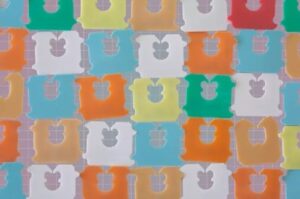DLC Updates its Technical Requirements for LED-Based Horticultural Lighting
A new version of the DesignLights Consortium’s (DLC) Horticultural Lighting Technical Requirements released today strengthens efforts to improve the efficacy and quality of LED products used in the controlled environment agriculture (CEA) industry. Taking effect April 18, 2025, the DLC’s new requirements come at a time of burgeoning growth in the CEA sector. Valued at $7.8 billion last year, the global CEA market is expanding at a compound annual growth rate of 12.2 percent and expected to reach $22 billion by 2033, according to a February 2025 market research report. With lighting being the largest operational expense in CEA facilities, there are significant opportunities to increase energy efficiency and cost savings with the right lights. [News] DesignLights Consortium Updates its Technical Requirements for LED-Based Horticultural Lighting – LEDinside



